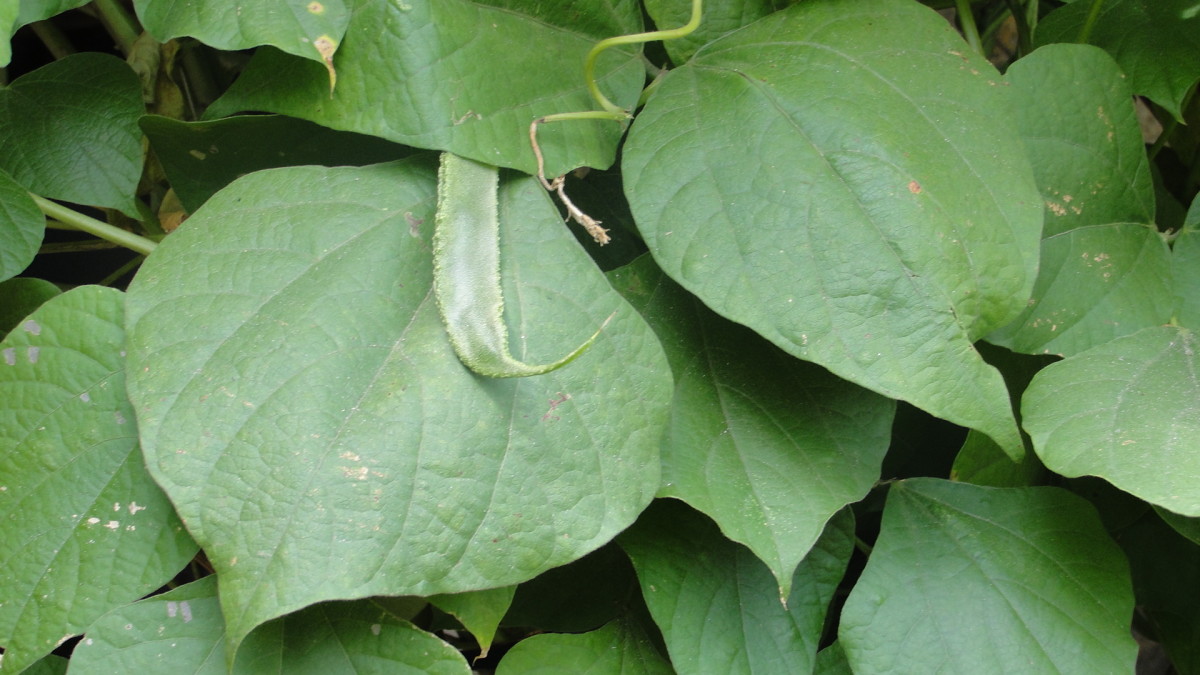Fix your lawn soil with Love Your Lawn Love Your Soil
Steps For A Strong Lawn
1. Create a biologically healthy soil
- The most important part of any planting is the soil. A root system can not thrive if it is not allowed to receive essential nutrients. Nutrients can either be missing or 'tied up', either way it's important to fix your soil before you can expect lawn fertilizers to work effectively.
2. Create a strong lawn with a high-quality lawn fertilizer high in water-insoluble nitrogen
- A quality lawn fertilizer is harder to find than many would think. The big box-store fertilizers, typically Scotts, contains a high salt index and does not contain the proper amount of micro-nutrients and water-insoluble nitrogen to properly feed your lawn for several months. Use a fertilizer that will spoon feed your lawn and not only contains Nitrogen, Phosphate, Potassium, but also contains Calcium, Magnesium, Sulfur, Boron, Iron, Manganese and Zinc.
3. Add a root stimulator to enhance nutrient uptake and have less heat stress
- By adding a Mycorrhizal Fungi root stimulator, you will allow the roots to grow faster and intake more nutrients.
4. Apply weed controls at the proper time for broadleaf weeds and crabgrass
- Applying a broadleaf weed preventer with the active ingredient being Gallery in March will allow you to prevent the vast majority of weeds from ever emerging.
- Applying crabgrass preventer with the active ingredient being Dimension in April will stop crabgrass from germinating.
The key to creating a nice lawn is to start by creating a biologically healthy soil. If you have a heavy, hard packed soil, you will have lots of tied up nutrients. In places in the mid-Atlantic and North East, the soil is primarily made of clay and needs a soil conditioner to transform the hard soil into an organic and healthy soil.
Adding Love Your Lawn Love Your Soil by Jonathan Green is the first step to creating a healthy lawn. Not only will it loosen up hard packed soils, it will also release tied up nutrients and enhance grass root development. Love Your Lawn Love Your Soil is not a replacement for a lawn fertilizer, instead it is an additive to improve soil conditions for fertilizers to be more effective. It is completely safe when using around pets and children, and can be applied the same day as your application of lawn fertilizer.

- Environmentally friendly
- Safe for humans
- Safe for pets
- Stimulates lawn soil microbes
- Organic
Humates
Love Your Lawn Love Your Soil allows more air, water and nutrients to flow through the soil, and increased porosity means better lawn roots. Love Your Lawn Love Your Soil contains Humates, which are a concentrated form of humus. The involvement of Humates with your lawn has proven very effective to creating strong, complex root systems for your lawn.
Humates are comprised of dead organic matter that can be hundreds of millions of years old. It is made up of humic acids, fulvic acids, ulmic acids, amino acids, sugars and other essential building blocks to life.
The amount of Humates in your lawn's soil can directly attribute to the condition of your lawn. A lawn with high amounts of Humates will make lawn maintenance and care a breeze.
Soil Conditions - Before & After

Check the pH Levels
0-5.9
| 6.0-6.8
| 6.9-10
|
|---|---|---|
Apply Mag-i-Cal
| Optimal Range
| Apply Sulfur
|
4.5 Lbs Per 1,000 Sq Ft
| No Application Needed
| 10-20 Lbs Per 5,000 Sq Ft
|
A Lawn With Poor Soil Conditions
If your lawn has poor soil conditions or a low pH, the nutrients that's available to your lawn's roots will not be able to be taken in. Instead, you will have tied up nutrients and a shallow root system. Any lawn fertilizer's you apply will be sitting in your lawn's soil but not be able to taken in by the lawn.
Calcium is important to your lawn because your soil's pH will become acidic every time you apply a fertilizer. There is a buildup of positivily charged hydrogen that is attached to negatively charged matter, and whenever you add Lime, the hydrogen is removed so that other nutrients (Phosphorus, Potassium, Calcium, etc) can be exchanged. One application of Mag-i-Cal Calcium Fertilizer will release the hydrogen and allow essential nutrients to be available to your lawn.
How Often Do You Fertilize Your Lawn?

More About Love Your Lawn Love Your Soil
- Jonathan Green Love Your Lawn Love Your Soil
Jonathan Green's Love Your Lawn Love Your Soil is an excellent soil conditioner that should be applied 2-3 weeks before Turf Trust Fertilizer. Love Your Lawn Love Your Soil will provide the best conditions for your lawn to thrive.



